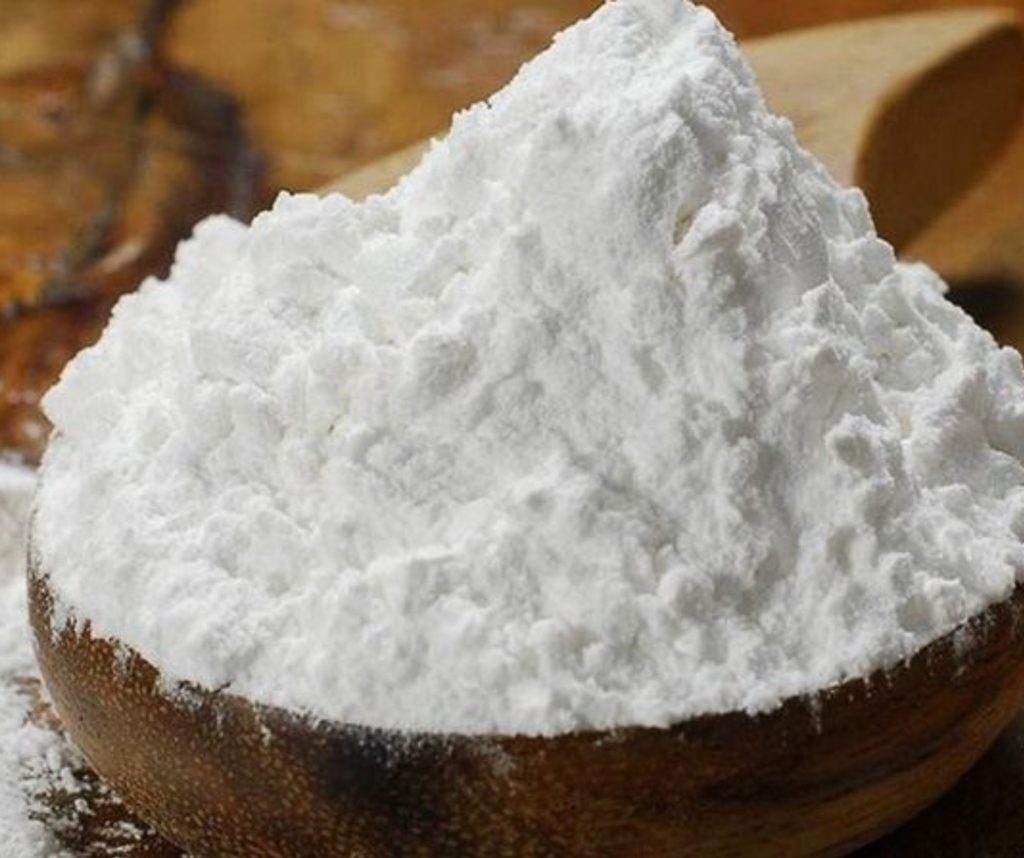The food and beverage sector continues to be the primary driver, accounting for over 50% of global sago demand. Products such as noodles, biscuits, and sago-based sauces are becoming increasingly popular, particularly in North American and European markets, where consumers avoid gluten. Additionally, the booming plant-based food industry is further driving the use of sago as a thickener or binder in vegan products.
Beyond food, sago is increasingly being utilized in the paper and textile industries as a natural filler and adhesive. Asian countries like China and India are emerging as potential markets alongside the growth of eco-friendly packaging industries. Sago is also gaining attention for bioplastic applications, responding to the global trend of reducing conventional plastic waste.
Utilization of Sago Across Various Industries:
- Food & Beverage Industry
Sago is widely used as a thickening, binding, or leavening agent in food products such as noodles, biscuits, sauces, and baby food. Its gluten-free nature makes it popular for specialized dietary products for those with celiac disease. In Southeast Asian countries, sago is also processed into pearl sago for beverages and desserts, as well as used in the plant-based food industry as a wheat flour substitute. - Paper & Packaging Industry
In the paper industry, sago starch functions as a natural filler and adhesive, enhancing the strength and smoothness of paper surfaces. Moreover, sago is being developed as a raw material for bioplastics and eco-friendly packaging, replacing fossil-based plastics. Several companies in Europe and Asia are already using sago to produce biodegradable bags and disposable food containers. - Textile Industry
Sago is used in the sizing process—a method of coating yarn with starch before weaving—to reduce yarn breakage and improve fabric strength. Compared to synthetic starches, sago is more easily degradable and environmentally friendly. Major textile-producing countries like India and Bangladesh are shifting toward sago as a sustainable alternative in cotton and polyester fabric production. - Pharmaceutical & Cosmetics Industry
In pharmaceuticals, sago starch is utilized as a filler in tablets and slow-release capsules due to its water-absorbing and controlled drug-release properties. The cosmetics sector also employs it as a thickener in lotions, face masks, and natural deodorants. Sago’s hypoallergenic and biodegradable advantages make it an ideal choice for clean beauty products, which are currently a global trend.
As the world’s largest sago plantation owner, Indonesia has tremendous potential to become a key player in the global sago starch market. With plantations spanning 5.5 million hectares—primarily in Papua, Riau, and Maluku—Indonesia can supply over 50% of the world’s sago demand. However, current utilization remains below 15%, indicating vast untapped opportunities.
Sago is a strategic commodity due to its gluten-free, eco-friendly, and versatile properties. The global sago starch market is projected to grow at 4.2% annually, from USD 427 million (2023) to USD 619 million (2032). The rising demand for gluten-free food ingredients in Europe and the U.S. serves as a major driver, alongside growing needs from the paper, textile, and pharmaceutical industries.
Indonesia is the largest sago producer, particularly in Papua and Riau Province. If you are interested, you can contact us.
